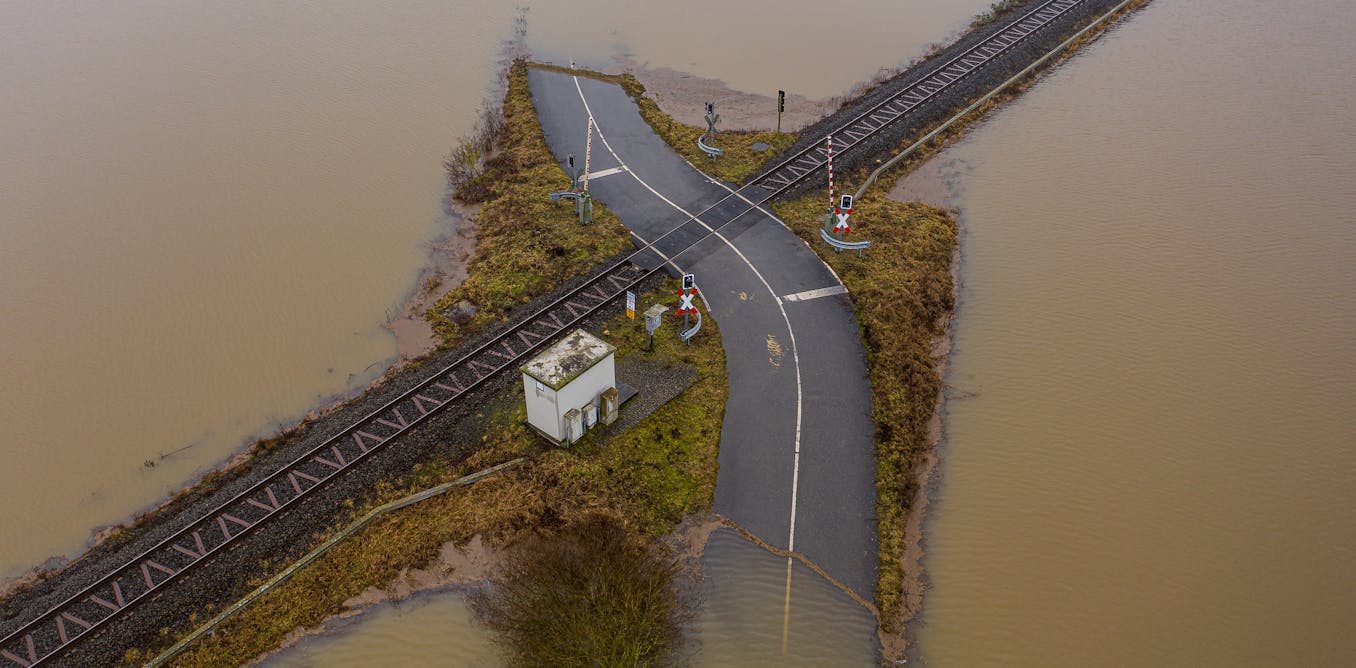Billions of dollars are being spent on ways to capture the atmospheric CO2 that is contributing to climate change. It can then be sequestered, or converted into industrial materials that reduce the use of fossil fuels. Processes exist to convert CO2 into fuel or chemical building blocks, but at present they are not efficient enough to compete on price with non-renewable sources. One electrochemical process uses gas diffusion electrodes (GDEs) with a catalyst to convert carbon dioxide gas into ethylene, which can be used as a fuel or as a chemical precursor for plastics and other materials.
The basic tradeoff in GDE design is that you must choose between conductivity of the electrode material and its hydrophobic properties. A more conductive material will transfer electricity more efficiently, converting more CO2, but if the electrodes absorb water, output will be reduced and the risk of corrosion of the electrodes that will further degrade performance.For example, carbon paper is conductive but is prone to flooding with the electrolyte fluid that is used to bring the CO2 to the electrode. Polytetrafluoroethylene (PTFE) is very hydrophobic but has low conductivity. (PTFE is better known by its brand name, Teflon.)
Researchers at MIT have investigated why GDEs do not scale effectively. They focused on an electrode structure based on expanded PTFE, or ePTFE, which is porous. This material is then coated with a thin layer of copper to serve as a catalyst for the process.
Prior research has shown that such a structure can be efficient in experimental GDEs that typically range in size from 1 to 5 square centimeters. Conductivity declines rapidly as the electrode size increases, however, which in turn reduces the efficiency of the output due to loss of energy from increased resistance.
In an attempt to increase the conductivity for larger GDEs, the researchers came up with a method to “weave” copper wire through the electrodes. They named this new approach the Hierarchically Conductive Gas Diffusion Electrode (HCGDE for short).
In this design, the researchers ran copper wire with a 75 micrometer diameter through the electrode, matching the copper catalyst layer to eliminate the risk of electrolysis between dissimilar metals. The wire runs along the catalyst layer, then pierces the ePTFE membrane to connect to the current collector in the back of the electrode. According to the researchers’ paper, this design can be produced in volume, either with roll-to-roll manufacturingor standard sewing equipment. Roll-to-roll production can drive down manufacturing costs dramatically, as this is a process routinely used in printing a variety of materials.
The team used a simulation model to determine the optimum spacing of the wire on the catalyst layer. They determined that the best results would be achieved when the wires were run less than 10 millimeters apart in order to maintain sufficient conductivity while minimizing resistance losses.
The researchers…
Read full article: Carbon Capture Improves By Just Adding Copper

The post “Carbon Capture Improves By Just Adding Copper” by Alfred Poor was published on 12/18/2024 by spectrum.ieee.org



































Leave a Reply